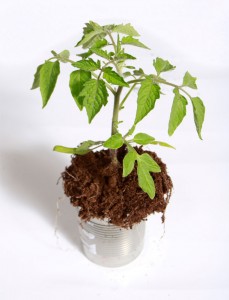This distinctive antique aesthetic has become so popular in recent times that it has transcended the interior space. This means it can work beautifully as a theme for your garden as a unique and fun look that can be achieved on all budgets.
A Soft Colour Palette
When considering your shabby chic garden design, the best place to begin is with the furniture. This will act as the main focal point for your shabby chic theme and you can then introduce flowers, plants and other accents to complement the picture. Consider both colours and materials – this theme broadly takes in softer tones such as beige, mint green and powder pink.
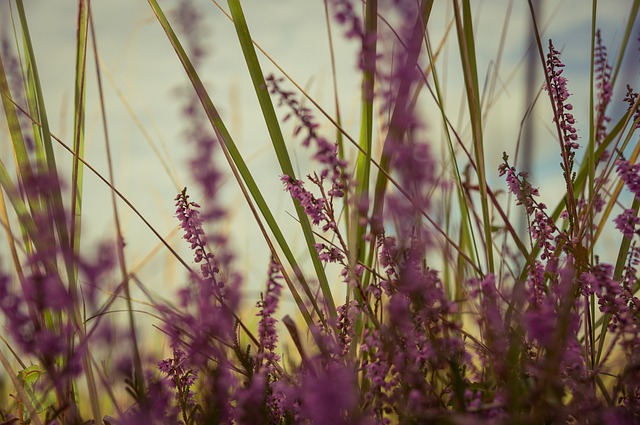
Shabby Chic Garden Furniture
Use this subtle, understated and pretty colour palette as a starting point for your shabby chic garden. We love the use of rattan material in your garden furniture as this introduces a vintage feel perfectly.
Our rattan furniture range includes seventy different sofa suites including footstools, coffee tables, day beds and bar sets many of them woven from award-winning outdoor rattan-weave which is hand woven in Indonesia.
You can then add cushions to your chosen pieces to embrace the shabby chic colour scheme of your choice - lilac and cream will fit beautifully within the theme for a soft vintage look and feel.
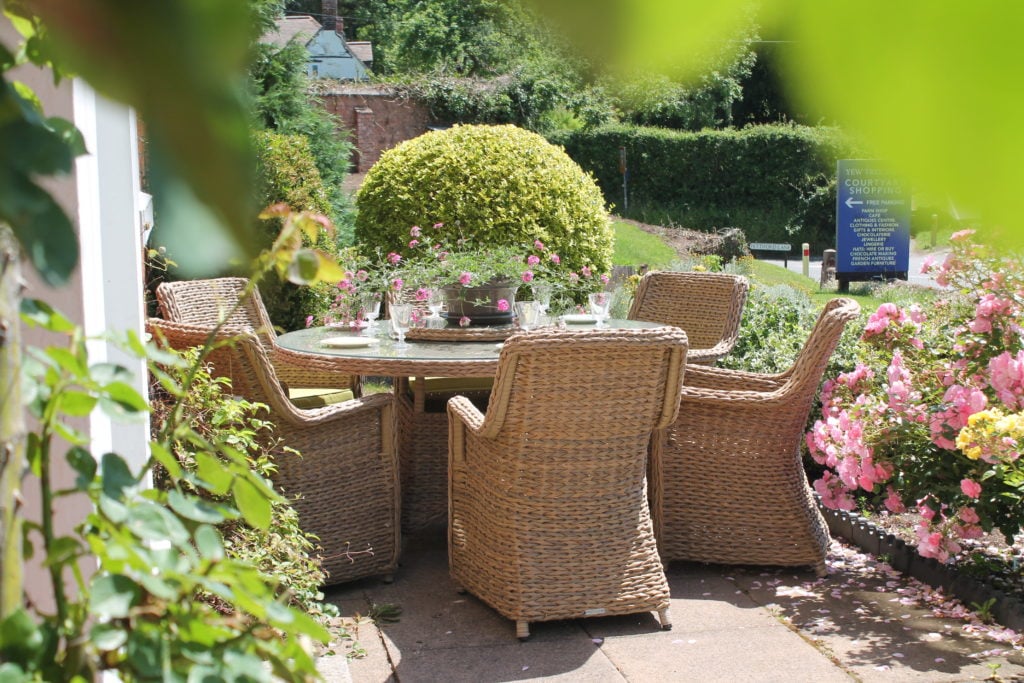
Shabby Chic Garden Accents
Another thing to consider with your shabby chic garden is the curves and lines of your chosen pieces. This theme lends itself more to curved, soft lines and less to harder ones – think sweeping rounded edges instead of rectangular or square silhouettes.
A parasol is one way to embrace this trend – complement with pieces that recall a bygone era such as a retro love bench, painted bench or carved rustic bench.
If you like the look of teak for your garden aesthetic, we would recommend reclaimed teak as opposed to standard furnishings which are much sleeker and more streamlined, as opposed to the distressed look of shabby chic pieces. Reclaimed furnishings will give a bold dose of shabby chic in gardens of all sizes for a really beautiful effect.
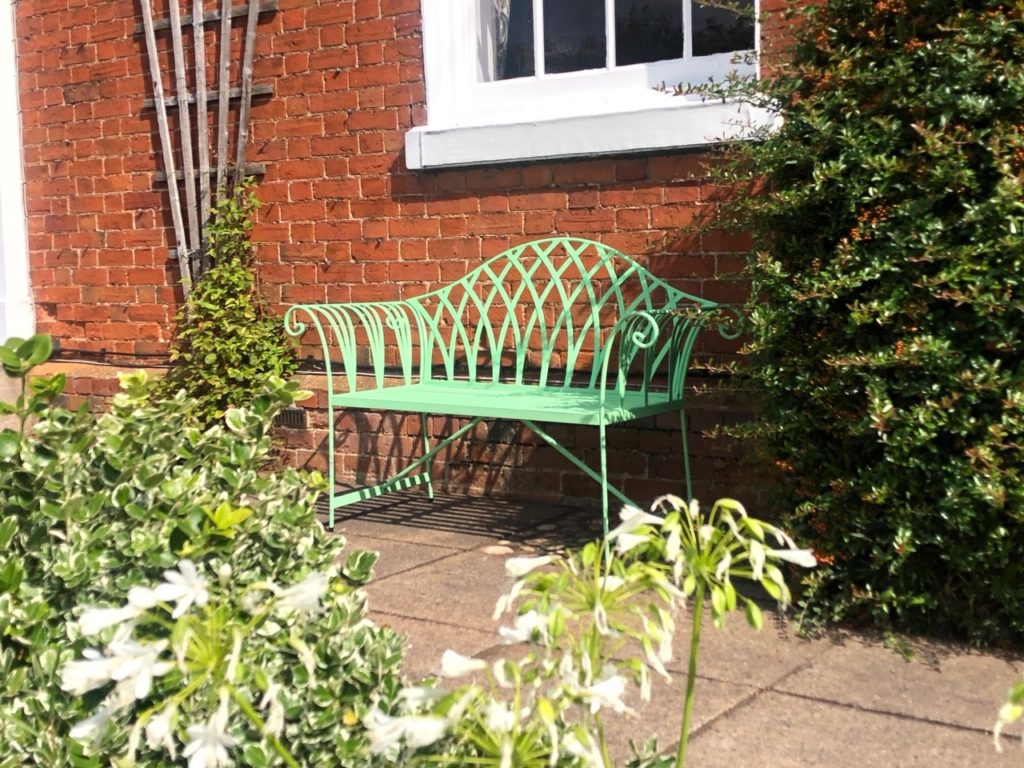
All Fired Up
Another way to create a stylish shabby chic garden design is to use a few key statement pieces to convey the look. A crackling outdoor fireplace is a great trans-seasonal piece of furniture that embodies the warm, cosy and effortlessly shabby chic aesthetic. Complete the look with a love heart wood rack to store your logs – a rack with a rustic finish will do the job nicely.
The detail is also in the accessories when it comes to your shabby chic garden furniture. Choose items with gentle, curved shapes in warm materials such as wood. A hand carved side table in differing shades of mango tree wood is a lovely modern-day antique that fits neatly within the theme. You might also like the Oxy candle holders which have been hand crafted from individual sections of rustic teak root where the natural flow of the grain conveys added decorative effect.
Never forget the value of upcycled pieces for your shabby chic garden. Our range of Indian accessories include a soft bench, antique bench and Jeep table, all of which embrace a retro aesthetic for a strong overall theme.
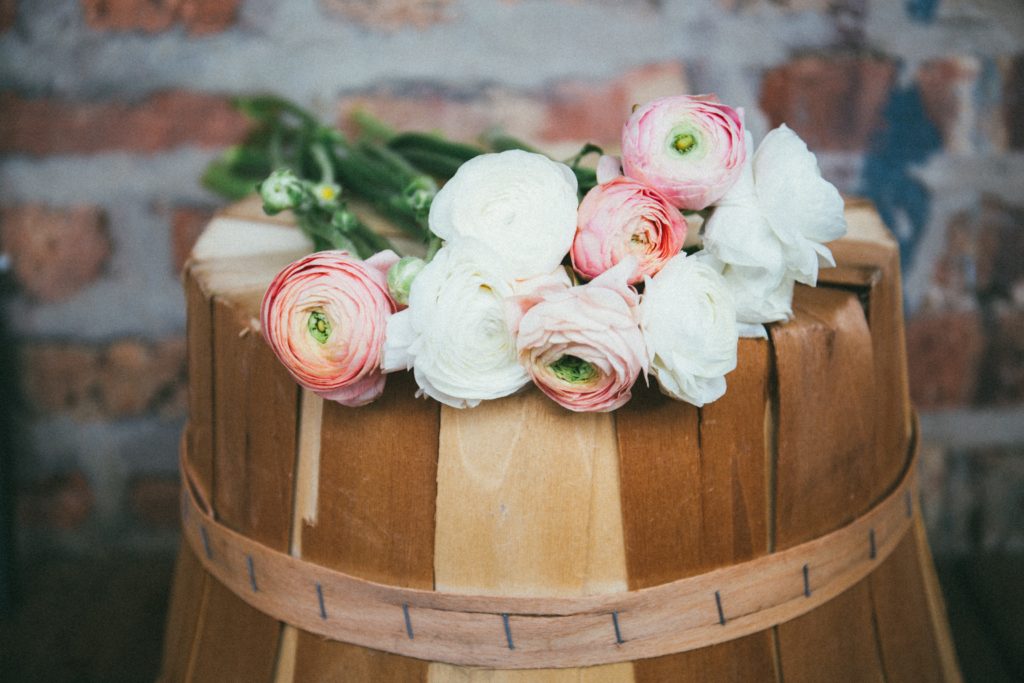

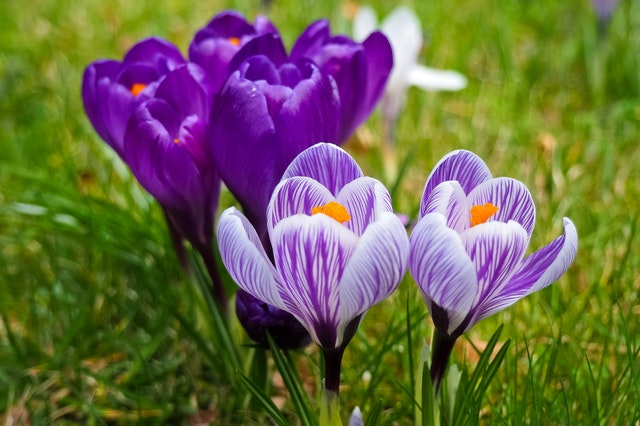
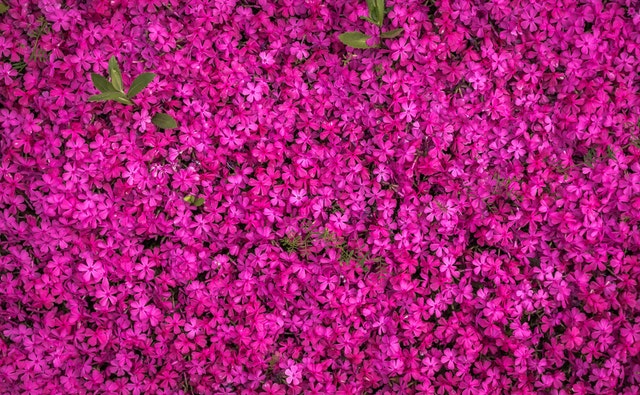
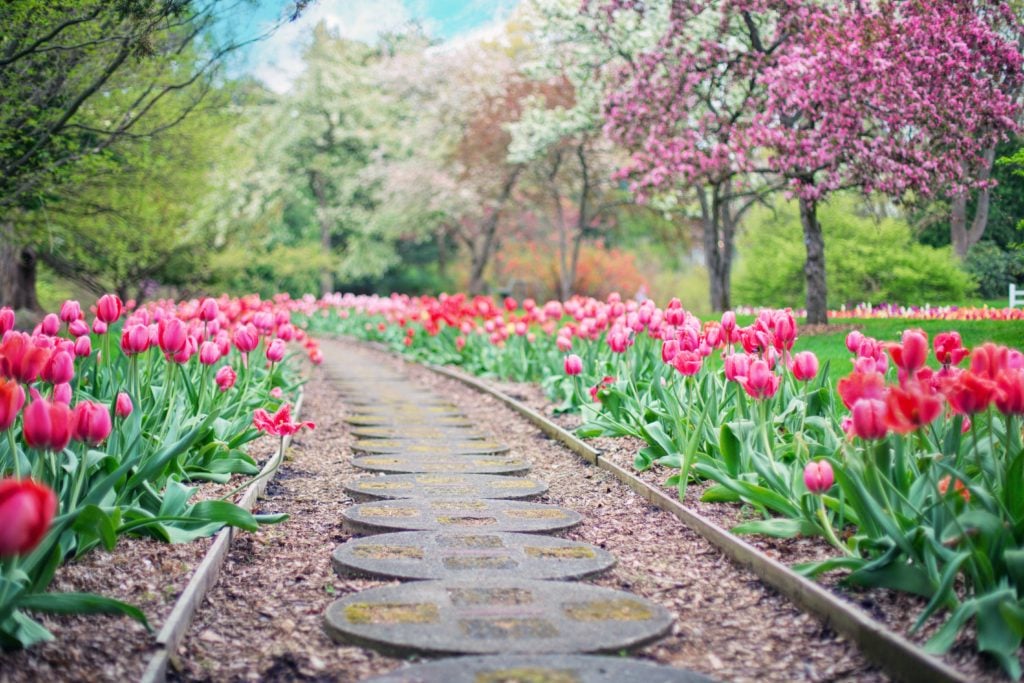
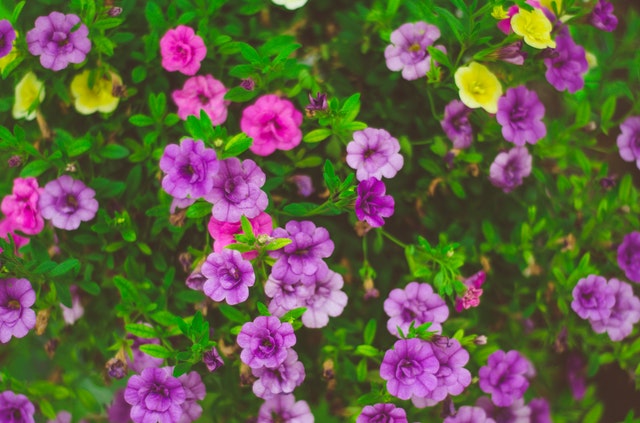
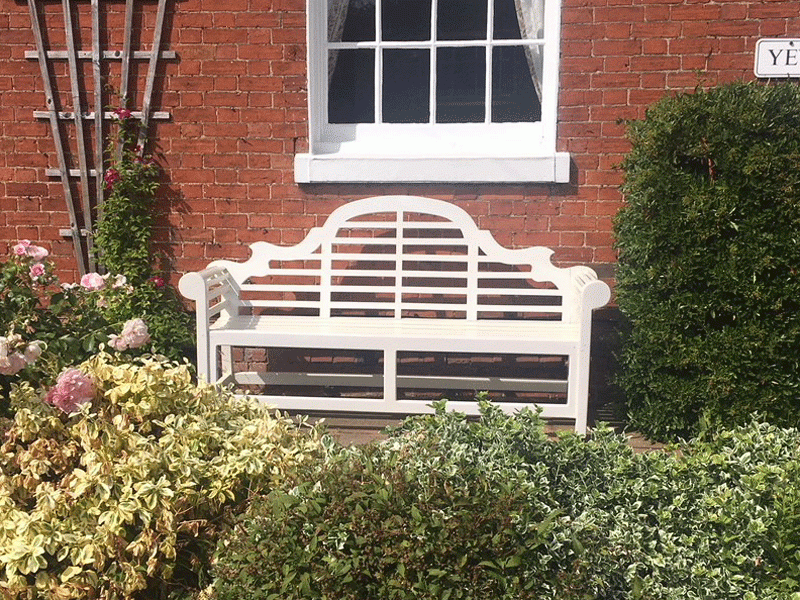 Lutyens Bench
Lutyens Bench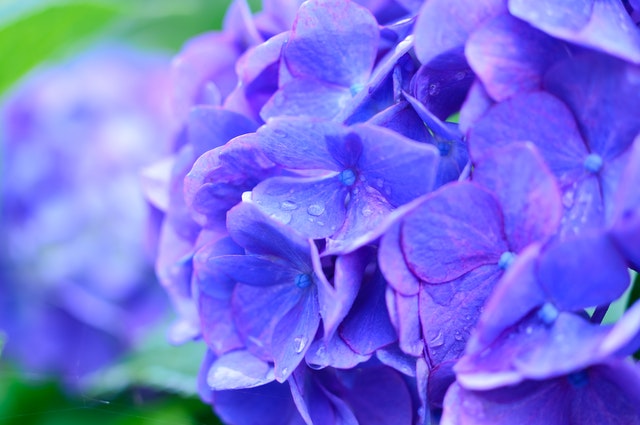
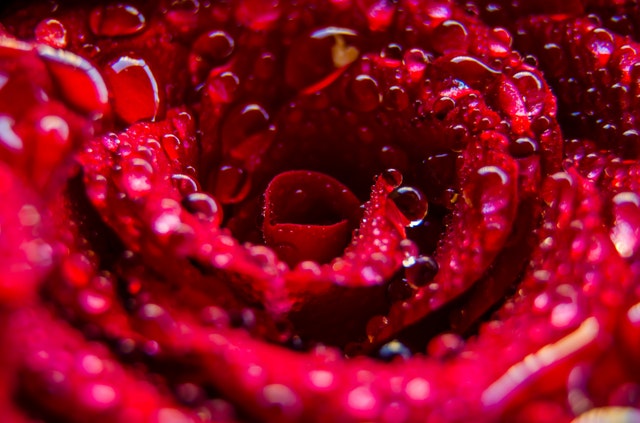
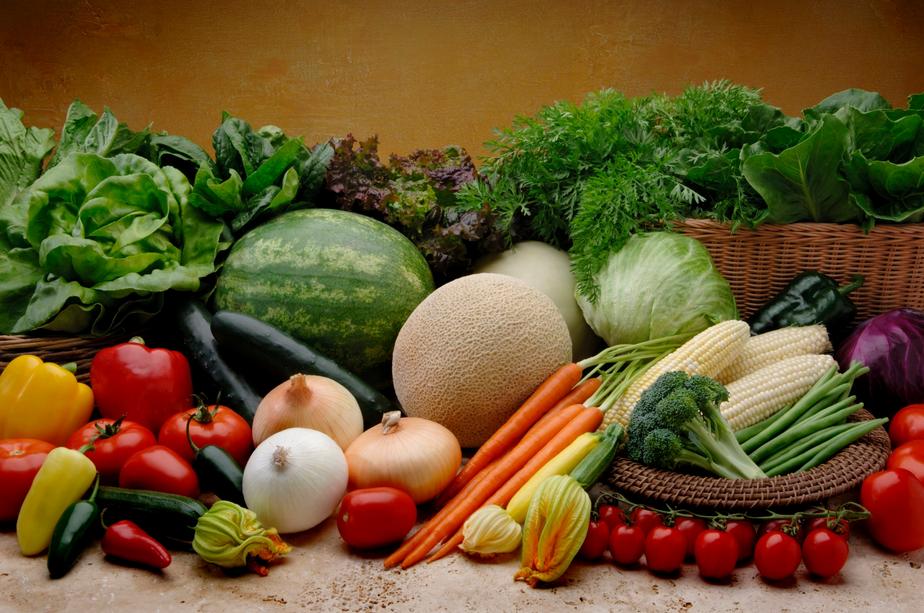
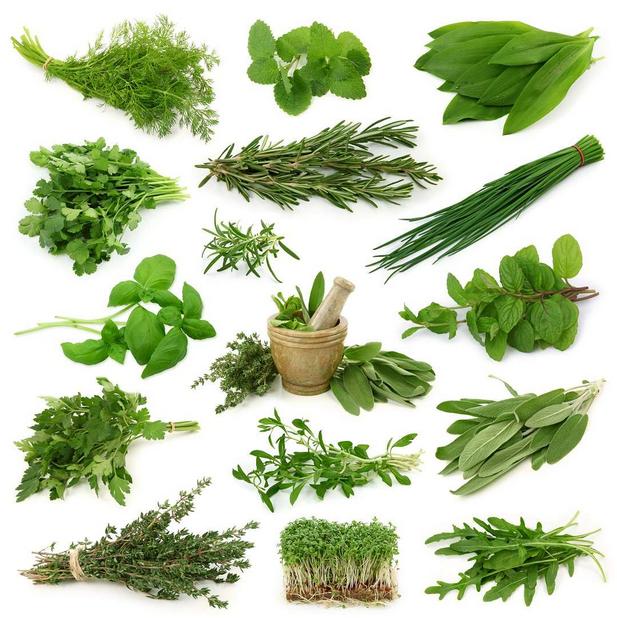
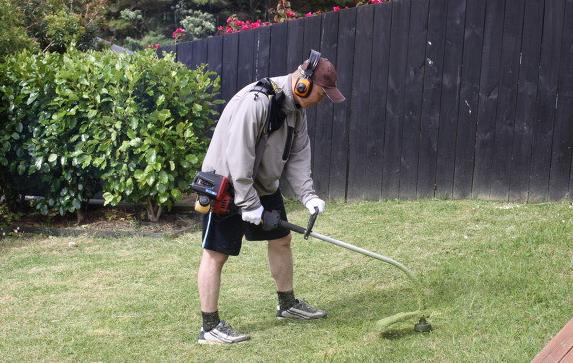 Mowing the Lawn has to be one of the first gardening jobs in spring ...
Mowing the Lawn has to be one of the first gardening jobs in spring ...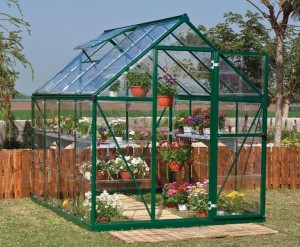 Clean the greenhouse so it's at its best in the summer months ...
Clean the greenhouse so it's at its best in the summer months ... Remove pests and insects
Remove pests and insects





